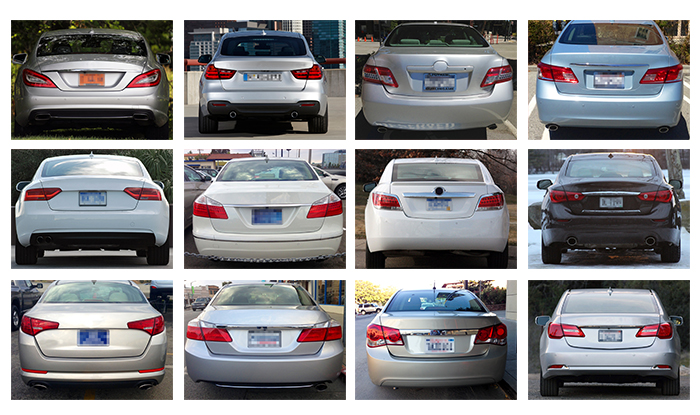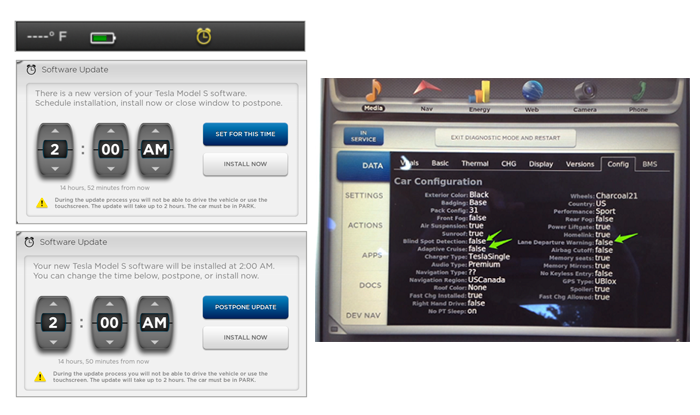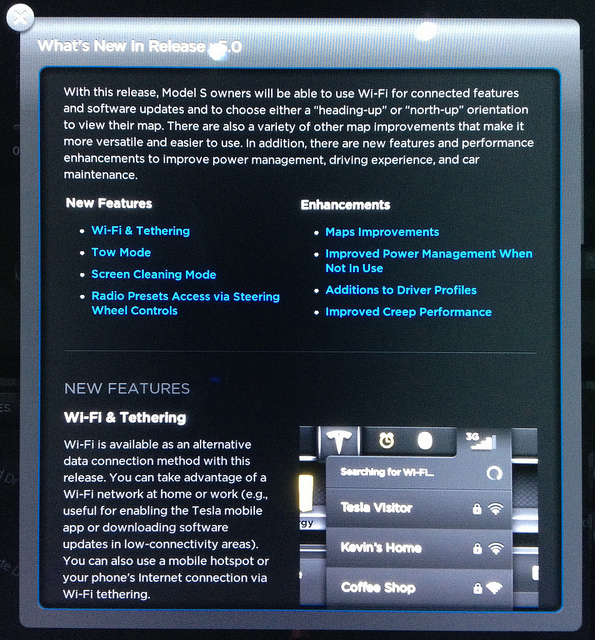What’s the Difference!? Why Your Brand Must > Your Product
Introducing “What’s the Difference!?” A Dialogue for Innovation
While innovation is bringing more and more new products and services to market at an accelerated pace, it’s ironic that differentiating products (or services) in a meaningful way––and in turn driving distinction for the associated brands––has become increasingly challenging. As “offerings” become harder to differentiate, brands must find new ways to meaningfully stand out by creating value from sources beyond their core “product” or “service.”
Finding new ways to uncover, align, and deliver value across multiple points of interaction helps attract and retain customers. When brands deliver value better than their competitors or in ways never before leveraged, customers take note!
“What’s the Difference!?” is brandadvisors’ platform to showcase industries and categories challenged to meaningfully stand apart and highlight how leading brands are facing and meeting this innovation challenge. Our goal is to inspire brand leaders to leverage this mindset and approach to enhance differentiation, relevance, and most importantly, customer value and organizational success.
Featured Industry – Automotive
Between 1896 and 1930, there were about 1,800 automobile manufacturers in the United States. While only a fraction of those brands survived, innovation and a focus on “design” continue to drive significant advances in functionality, performance, and appearance within the category. Paradoxically, with more innovation comes less noticeable differentiation. From that challenge, we don’t see an opportunity but an imperative to find new ways to deliver value.
During the golden eras of auto design, a car’s appearance was as much an artistic expression of individuality as it was a display of engineering precision and prowess. From the regal grille of a Rolls Royce to the tail fin of a late 1950s sedan to the subtle tri-star Mercedes hood ornament, a car’s visual style was a reflection of its unique persona. Looking back half a century to a selection of badges from the mid sixties highlights the diversity in automotive design across both import and American brands.
A study in the diversity of car design, circa mid-1960s
Beyond appearance, differentiation in cars has also typically come from the limited availability of certain features or options like leather upholstery, power seats and mirrors, or high-fidelity stereo, reserved for just a subset of premium or luxury brands.
A selection of today’s auto badges from economy to luxury. How many brands can you name?
Today, however, good auto design – both form and function – has become a competitive imperative, and yet cars have become increasingly similar in appearance and performance.
The distinction in features between today’s luxury and mainstream brands continues to blur. Domestic brands like Ford, Chevy, and Buick as well as Korean imports like Hyundai and Kia, to name a few, are offering more and more of yesterday’s “options” as today’s standard equipment.
Creating Value Beyond “The Car”… A Day in the Life of a Tesla Owner
Convenience, Uptime, Empowerment, Peace of Mind
This March, I took the biggest step yet to reduce my carbon footprint by becoming a Tesla owner.
While “service” in all its forms has been an opportunity for auto brands to provide meaningful value and differentiation, Tesla has taken it to a new level: “the cloud,” so to speak.
Recently, after having arrived at my office garage in the City, I encountered an issue with my new car. I called the Tesla customer support line (accessible 24 x 7) via the car’s wireless voice command, reported the problem, and soon thereafter, its service team was accessing information from my car via remote diagnostics. Since the car itself is a mobile hotspot, Tesla service not only can assess issues remotely, but also can push new software updates directly to the vehicle to enhance the features and performance of the car.
Tesla’s in-dash software update and remote diagnostics features.
Knowledge, Empowerment & Peace of Mind
Leveraging the Tesla’s 17-inch center console monitor, Tesla also takes the driver’s manual out of the glove compartment and makes information easily accessible with just the touch of a finger on the display. The console also allows users to see the latest features, as they are released. If we only knew half the capabilities of the products we regularly use, imagine how much more effective and productive we could be!
Tesla’s in-dash user manual provides feature updates and operation manual content.
It Doesn’t Have to Be Rocket Science
While technology is a commonly used enabling platform, innovation and value creation can come from varied and broad sources, and many times through very simple ideas.
While some premium brands reduce the hassle of service drop-off by offering transport from dealer to home or office or providing rental car service, Tesla’s understanding of the importance of time to its customers pushes the value of this type of service even further.
In my circumstance, once the Tesla team realized the need to bring my vehicle into the dealer for assessment, it drove a loaner 30 minutes to my office garage, and swapped my car with an equally equipped loaner. Before the day was over, Tesla had my vehicle back to my office garage in San Francisco as if it had never left.
Build Your Brand’s Relevance By Looking Beyond The Core
Recognizing both the challenge and necessity to stand out and innovate, we partner with our clients to help define, refine, and then drive the alignment of meaningful, distinctive value across every possible touchpoint to drive success.
Contact us to learn how brandadvisors can partner with your brand to uncover, distill, and align value.
What’s the Difference!? : The Answers
- Mercedes CLS
- BMW 335i
- Toyota Camry
- Lexus ES 350
- Audi A5
- Hyundai Genesis
- Buick Lacrosse
- Infiniti Q50
- Kia Optima
- Honda Accord
- Chevy Cruze
- Acura RLX





